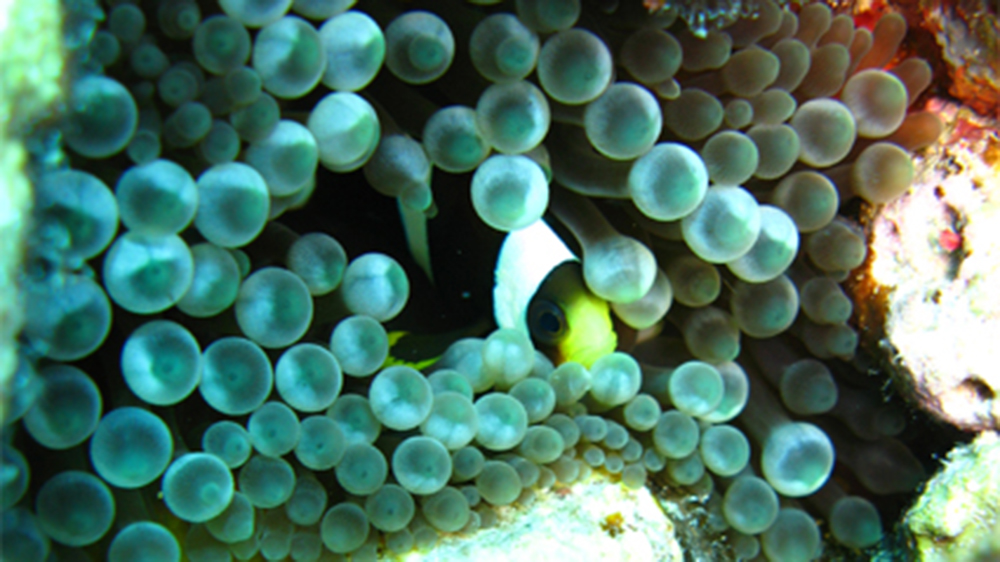
Port Douglas lies on a hook of land on the Queensland coast between a mangrove river on the northern side and a windswept beach on the southeast side. Being about 60km north of Cairns it is a great place to explore Far North Queensland (FNQ) and is close enough to the Great Barrier Reef for easy day trips for snorkelling and diving.
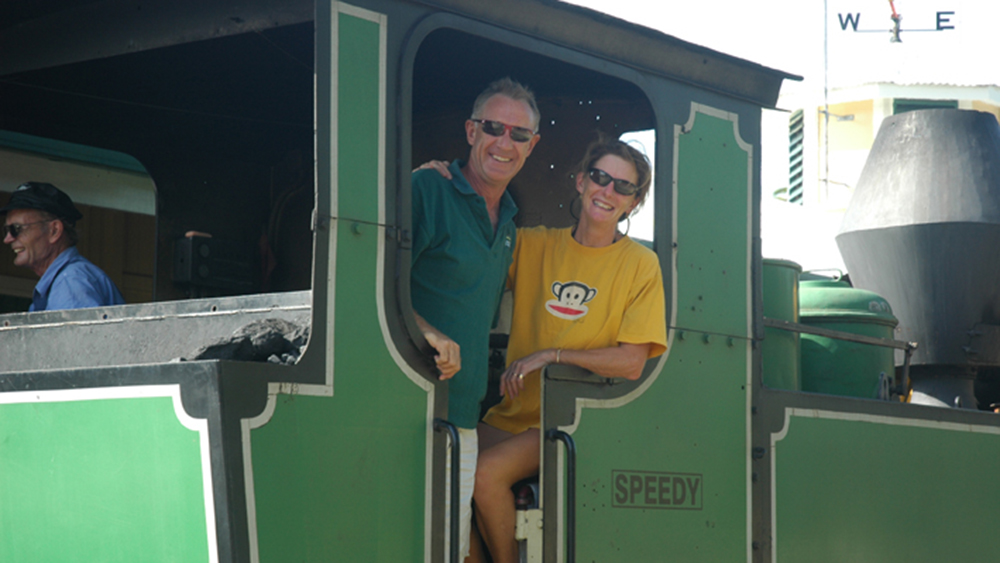
Port Douglas started life as a sugar cane port, exporting cane from the collection centre at Mossman. Sugar was the major industry in the area and the strip of land between the coast and the tablelands still bristles with sugar cane. The land is criss-crossed with the narrow railway tracks of the cane trains transporting cane to Mossman. Until a few years ago the old steam train still ran from Mossman to Port Douglas, transporting tourists and locals between the towns. Sadly developers bought some of the land and ripped up part of the track to build a holiday resort. Now the train runs from Ballyhooley station along about 4km of track past the marina where we are anchored. It’s good to hear it tooting and chugging and smell the smoke.
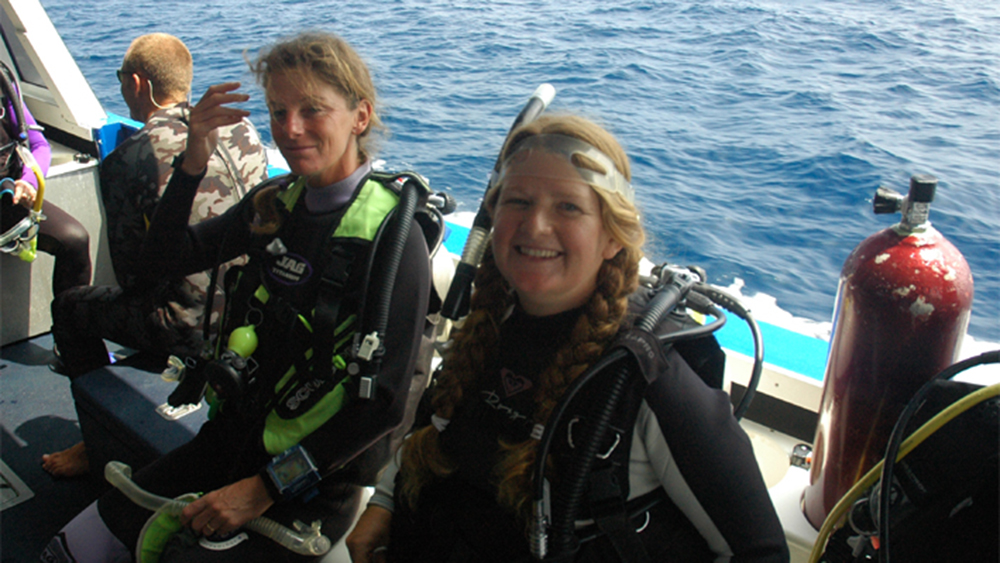
Nowadays Port Douglas’s sole industry is tourism. The town is a beautifully manicured playground for wealthy tourists. Resorts, expensive boutiques and art galleries and a huge array of restaurants and cafes compete for the tourist dollar.
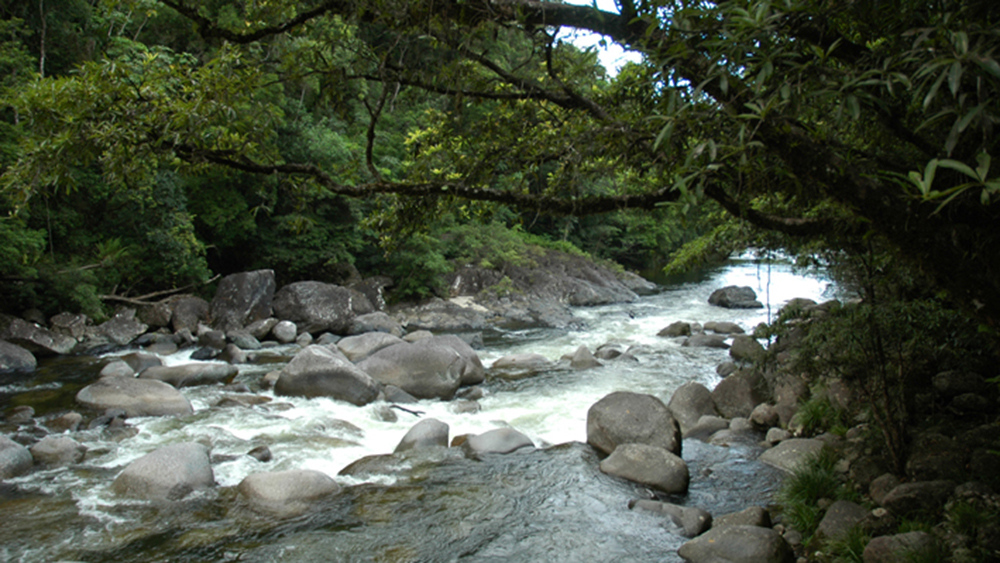
The main attraction of Port Douglas for us was Stephie, a close friend from the London days way back when. It’s been great to spend some time catching up on the last couple of years and to have a look around the town she calls home. Steph’s been a great host. She took us out on the Haba dive boat for a day on the reef. Neil snorkelled and we dived. We had good vis, beautiful coral and lots of sea squirts (Steph’s favourite!), we also saw a school of bump-head parrot fish – lovely diving! Another day we took a drive up to Mossman and had a swim in the gorge – freezing! The gorge cuts into the escarpment which separates the coastal plains from the tablelands. I was surprised to find it’s covered in thick, wet, tropical rainforest. It felt like Brunei! Even at the end of the dry season the pools in the gorge were deep and there was white water flowing over the rapids.
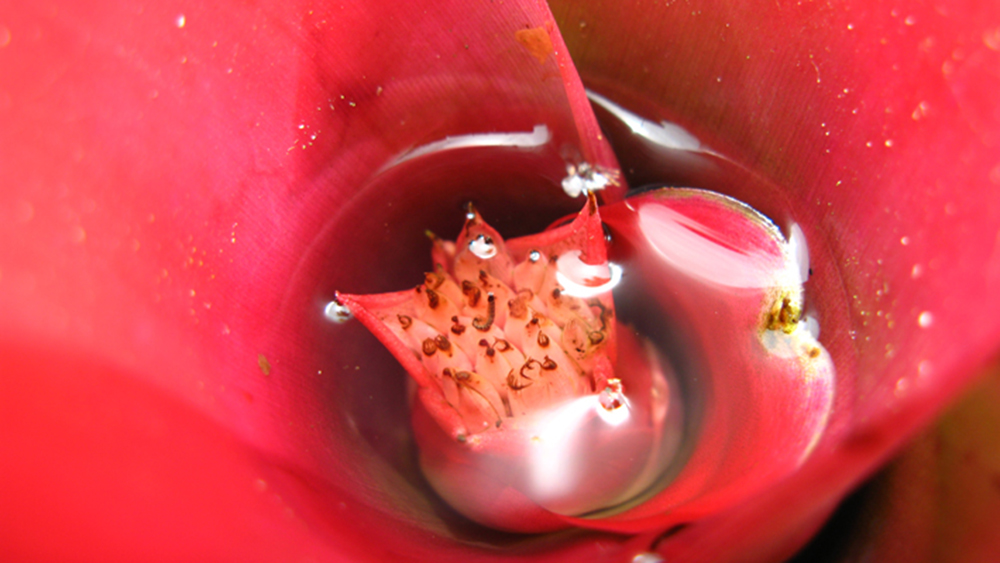
We rounded off our tour with a visit to an orchid farm. I have to admire the imagination of orchid breeders for creating such and incredible range of colour and form, orchids must be an incredibly adaptable plant. Stephie took some amazing photos of the flowers – spot the worm in the scarlet bromeliad!
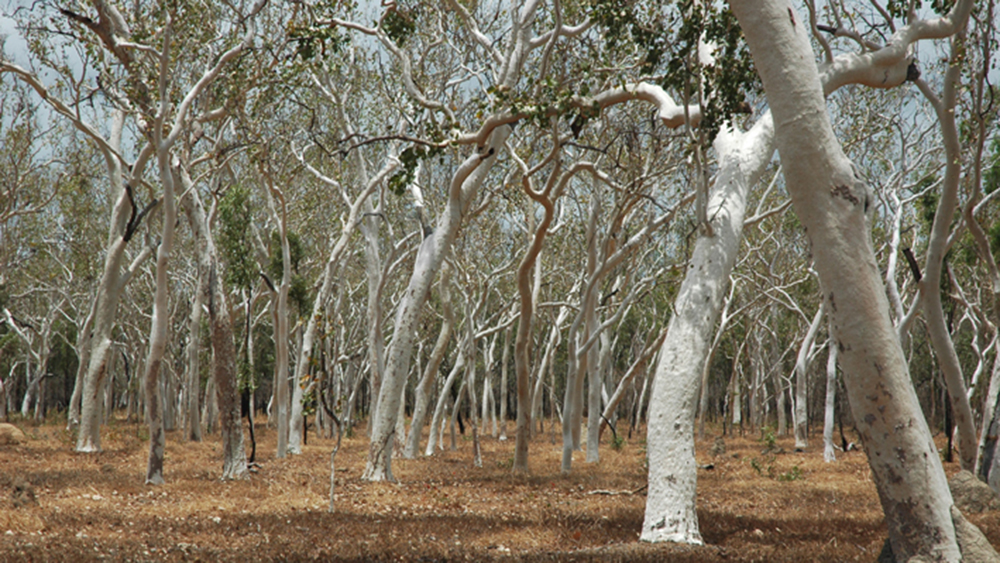
Neil and I drove up to Cooktown for a couple of days. It’s about a couple of hundred kms north of here – we’d sailed past it about a week before! The nicest part of the drive was the first hour. As we climbed up through the escarpment we crossed from sugar cane to steep, dense rainforest and then into rolling hills of farmland and finally back into the dusty red bush on the tableland. We crossed the Palmer River, scene of the wild days of the gold rush 150 years ago. Cooktown was first put on the map when Captain Cook beached the Endeavour there back in 1770 but it really had it’s heyday in the Palmer River gold rush.
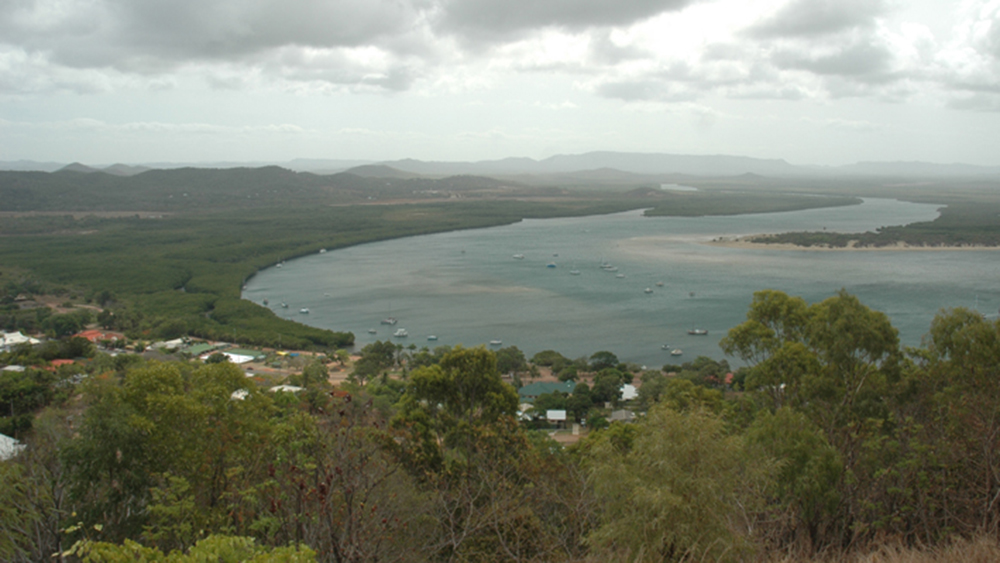
Thousands of people including swarms of Chinese landed in Cooktown and headed up the track to make their fortune and then to loose it again to the bandits on the track or the landlords and pimps in Cooktown. It’s now a quiet sleepy village waiting, with the recent completion of the asphalt road from Cairns, for it’s next heyday as a tourist centre.
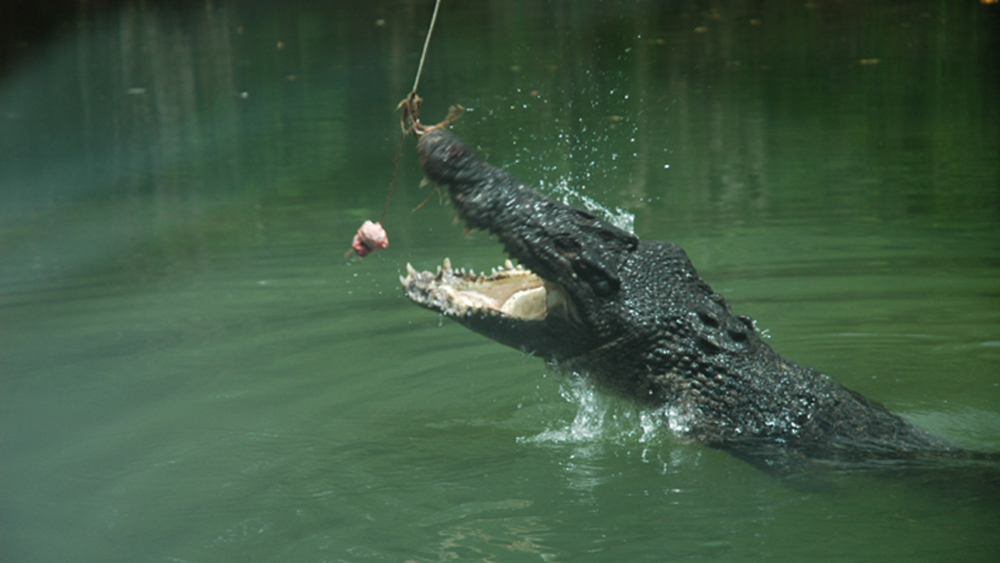
A couple of days ago we had another Stephie tour, this time to the crocodile farm and on to Cairns. The croc farm was great – totally touristy. We had short talks by the guides who were funny but still managed to convey some interesting information. The highlight was the boat ride around the “main lagoon”. We had to watch out for Ted the toothless monster croc (5.4m) who was never spotted when the boats were around, probably because he didn’t want to be seen gumming a piece of chicken to death!
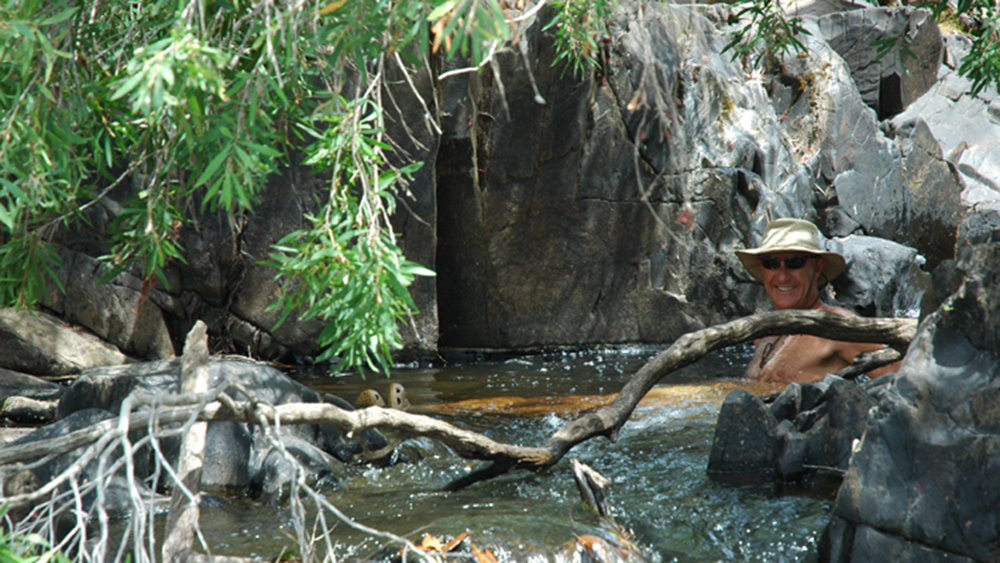
Our stay in Port Douglas turned out to be a week or so longer than planned while we waited for cyclone Guba to sort itself out. It was first identified in the northern Coral Sea around 1000 km NE of Cooktown. It was moving slowly and fairly unpredictably but for a couple of days it was heading in our direction. We started planning a move up the river to secure the boat amongst the mangroves and to wait out the storm. Guba had other plans and headed NE and is now fizzling out far from the Australian coast. We have had torrential rains and strong winds but that’s not unusual in the wet season. November is very early for a cyclone to form but apparently they predicted this year is going to be a bumper cyclone season.
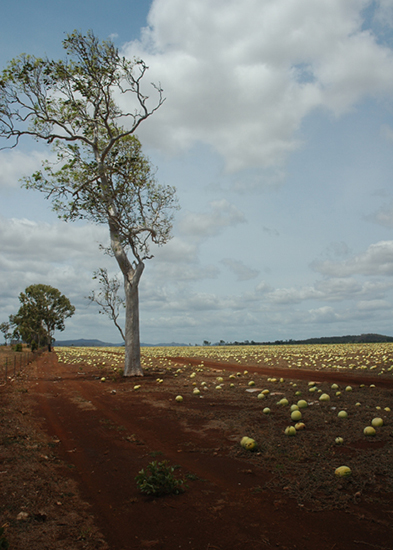
Well, the winds are predicted to ease in a couple of days so we’ll be glad to get moving southwards out of the cyclone belt. That was a close enough call for us!
Thanks for a great stay in the Port, Stephie!!!
Cheers for now from an increasingly feral
Suzy and Neil
